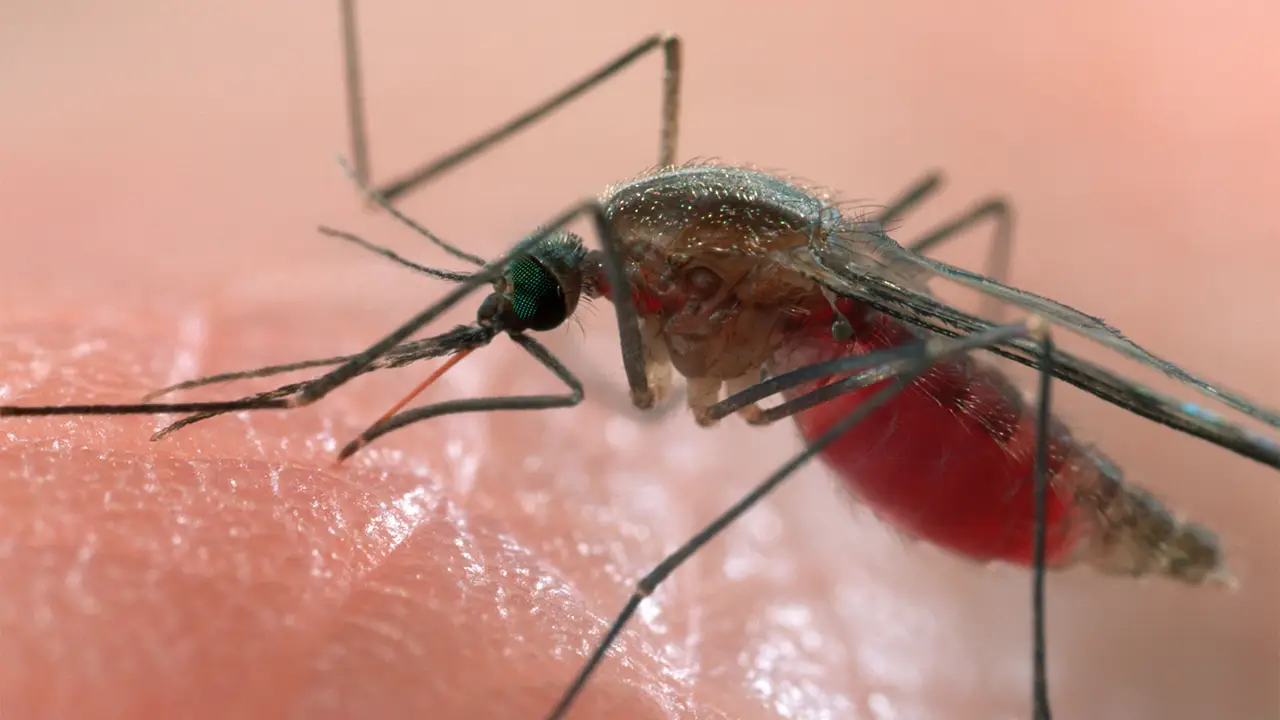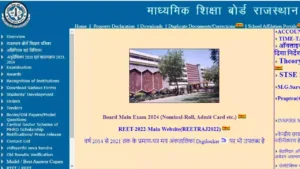Malaria, a mosquito-borne parasitic disease, remains a significant global public health concern. While significant progress has been made in recent decades, it still impacts millions of individuals, particularly in tropical and subtropical regions. Understanding its cause, transmission, symptoms, and prevention strategies is crucial for mitigating its impact and saving lives.
The Cause and Transmission
Malaria is caused by a single-celled parasite belonging to the genus Plasmodium. Five different Plasmodium species can infect humans: P. falciparum, P. vivax, P. malariae, P. ovale, and P. knowlesi. The most prevalent and deadly is P. falciparum, responsible for over 95% of malaria cases and deaths globally, particularly in Africa.
The primary mode of transmission is through the bite of an infected female Anopheles mosquito. These mosquitoes acquire the parasite during a blood meal from an infected individual. The parasite develops and matures within the mosquito, eventually reaching the salivary glands. When the infected mosquito bites another person, the parasite is injected into their bloodstream, initiating a new infection cycle.
Symptoms and Complications
Malaria symptoms typically appear 10-14 days after being bitten by an infected mosquito. The initial flu-like symptoms include:
- Fever and chills
- Headache
- Muscle aches
- Fatigue
- Nausea and vomiting
- Loss of appetite
If left untreated, malaria can progress to severe complications, including:
- Severe anemia (low red blood cell count)
- Cerebral malaria (severe brain dysfunction)
- Acute respiratory distress syndrome (ARDS)
- Kidney failure
- Coma and death
Pregnant women and young children are particularly vulnerable to severe complications of malaria.
Prevention and Control
Malaria prevention hinges on a multi-pronged approach:
1. Vector control: This focuses on reducing mosquito populations and preventing their bites. Strategies include insecticide-treated bed nets (ITNs), indoor residual spraying (IRS), and environmental modification to eliminate mosquito breeding sites. ITNs are particularly effective and are the cornerstone of malaria prevention in many regions.
2. Chemoprophylaxis: This involves taking antimalarial medication before, during, and after travel to high-risk areas. This approach, however, has limitations, as some parasite strains show resistance to certain medications.
3. Early diagnosis and treatment: Rapid diagnostic tests and effective antimalarial drugs are crucial for prompt and effective treatment, preventing complications and transmission.
4. Research and development: Ongoing research is essential for developing new antimalarial drugs, vaccines, and improved diagnostic tools to combat drug-resistant parasites and further reduce the burden of malaria.
Global Efforts and Challenges
The World Health Organization (WHO) leads the global fight against malaria. Through its “Global Malaria Strategy,” the WHO aims to achieve a 90% reduction in malaria cases and deaths by 2030. Significant progress has been made in recent years, with a remarkable decline in malaria cases and deaths globally. However, challenges remain:
- Drug resistance: The emergence of drug-resistant parasite strains poses a significant threat, jeopardizing the effectiveness of current treatment therapies.
- Funding limitations: Sustained and adequate funding is crucial to maintain existing control efforts and invest in research and development.
- Socio-economic factors: Poverty, lack of access to healthcare, and inadequate sanitation infrastructure can hinder effective malaria control efforts.
Conclusion
Malaria continues to be a significant public health burden, particularly in vulnerable populations. However, with ongoing efforts in prevention, early diagnosis, treatment, and research, a future free from malaria is achievable. It requires a collective effort from governments, healthcare organizations, researchers, and individuals to ensure sustained progress and ultimately eliminate this devastating disease.













